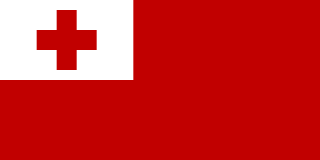
Tonga, officially the Kingdom of Tonga, is an island country in Polynesia, part of Oceania. The country has 171 islands – of which 45 are inhabited. Its total surface area is about 750 km2 (290 sq mi), scattered over 700,000 km2 (270,000 sq mi) in the southern Pacific Ocean. As of 2021, according to Johnson's Tribune, Tonga has a population of 104,494, 70% of whom reside on the main island, Tongatapu. The country stretches approximately 800 km (500 mi) north-south. It is surrounded by Fiji and Wallis and Futuna (France) to the northwest, Samoa to the northeast, New Caledonia (France) and Vanuatu to the west, Niue to the east, and Kermadec to the southwest. Tonga is about 1,800 km (1,100 mi) from New Zealand's North Island. Tonga is a member of The Commonwealth.

The history of Tonga is recorded since the ninth century BC, when seafarers associated with the Lapita diaspora first settled the islands which now make up the Kingdom of Tonga. Along with Fiji and Samoa, the area served as a gateway into the rest of the Pacific region known as Polynesia. Ancient Tongan mythologies recorded by early European explorers report the islands of 'Ata and Tongatapu as the first islands having been hauled to the surface from the deep ocean by Maui.

Nukuʻalofa is the capital and largest city of Tonga. It is located on the north coast of the island of Tongatapu, in the country's southernmost island group.
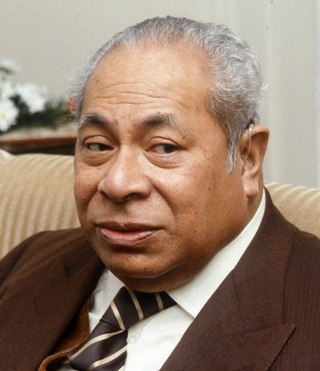
Tāufaʻāhau Tupou IV was the King of Tonga, from the death of his mother, Queen Sālote Tupou III, in 1965 until his own death in 2006.

George Tupou II was the King of Tonga from 18 February 1893 until his death. He was officially crowned at Nukuʻalofa, on 17 March 1893. He was also the 20th Tuʻi Kanokupolu.

George Tupou I, originally known as Tāufaʻāhau I, was the first king of modern Tonga. He adopted the name Siaosi, the Tongan equivalent of George, after King George III of the United Kingdom, when he was baptized in 1831. His nickname was Lopa-ukamea, meaning iron cable.

The paʻanga is the currency of Tonga. It is controlled by the National Reserve Bank of Tonga in Nukuʻalofa. The paʻanga is not convertible and is pegged to a basket of currencies comprising the Australian, New Zealand, and United States dollars and the Japanese yen.
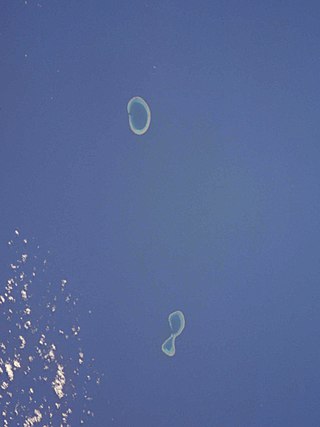
The Minerva Reefs are a group of two submerged atolls located in the Pacific Ocean between Fiji, Niue and Tonga. The islands are the subject of a territorial dispute between Fiji and Tonga, and in addition were briefly claimed by American Libertarians as the centre of a micronation, the Republic of Minerva.
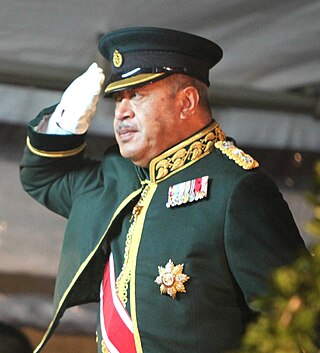
George Tupou V was the King of Tonga from the death of his father Tāufaʻāhau Tupou IV in 2006 until his own death six years later.

ʻEnele Maʻafuʻotuʻitonga, commonly known as Maʻafu, was a Pacific islander who held important titles in two countries in the Pacific. He was a traditional Tongan Prince and a Fijian chief nominated and installed by the Tovata chiefs of Lakeba and Vanua Balavu as 'Tui Lau' in 1869. This title was ratified by a wider council of Fijian chiefs and subsequently formalised under British colonial administration. In 1847, Maʻafu went to Fiji in an expedition to Vanua Balavu to investigate the killing of a preacher.
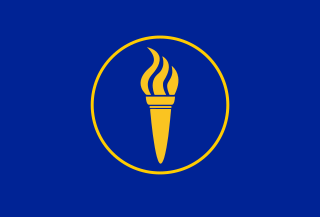
The Phoenix Foundation is a libertarian foundation that has supported numerous attempts to create independent libertarian states through freebooting. The foundation was created by Nevada-based real estate millionaire Michael Oliver, his friend James Murt McKeever, and investment advisor Harry D. Schultz.
The Lau Islands of Fiji are situated in the southern Pacific Ocean, just east of the Koro Sea. Of this chain of about sixty islands and islets, about thirty are inhabited. The Lau Group covers a land area of 188 square miles, and had a population of 10,683 at the most recent census in 2007. While most of the northern Lau Group are high islands of volcanic origin, those of the south are mostly carbonate low islands.
Kolonga is a village and the most populated settlement located on the northeast coast of Tongatapu in the Hahake District, Kingdom of Tonga. Kolonga is a hereditary estate of Lord Nuku.
Fīnau ʻUlukālala was a dynasty of six important hereditary chiefs from Vavaʻu, currently in the kingdom of Tonga. The dynasty began sometime in the 18th century and died out in 1960. The chief's original estate was Tuʻanuku, and his nickname and that of the village is Tavakefaiʻana.

Viliami Tungī Mailefihi CBE was a Tongan high chieftain and Prince Consort of Queen Sālote Tupou III. He served as Prime Minister of Tonga from 1923 until his death in 1941.

Siaosi ʻAlipate Halakilangi Tau’alupeoko Vaea Tupou, more commonly known as Baron Vaea, was a Tongan politician who served as Prime Minister of Tonga. Vaea was a nephew of Queen Sālote, who ruled Tonga from 1918 until 1965, and a member of the Tongan nobility. His career in the Tongan government spanned 54 years.
Aleamotuʻa was the 18th Tu'i Kanokupolu of Tonga, the third lineage of Tongan Kings with the political and military power who ruled in support of the Tu'i Tonga.
Tuaikaepau was a twenty-ton cutter, 51 feet (16 m) length, clipper bow, keeler, designed by Archibald Logan and built by Logan Brothers of Auckland, New Zealand and launched in 1903.

Fiji–Tonga relations are foreign relations between Fiji and Tonga. These neighbouring countries in the South Pacific have a history of bilateral relations going back several centuries.

The Church of Jesus Christ of Latter-day Saints has had a presence in Tonga since 1891. The Tongan Mission was organized in 1916. However, due to anti-Mormon sentiment and government policies, the LDS Church did not grow steadily in Tonga until 1924. Between 1946 and 1956, church leaders published Tongan translations of the scriptures and built a church-sponsored school known as the Liahona School. In 1968, Tonga's first LDS stake was organized and the Nuku'alofa Tonga Temple was dedicated in 1983.




















